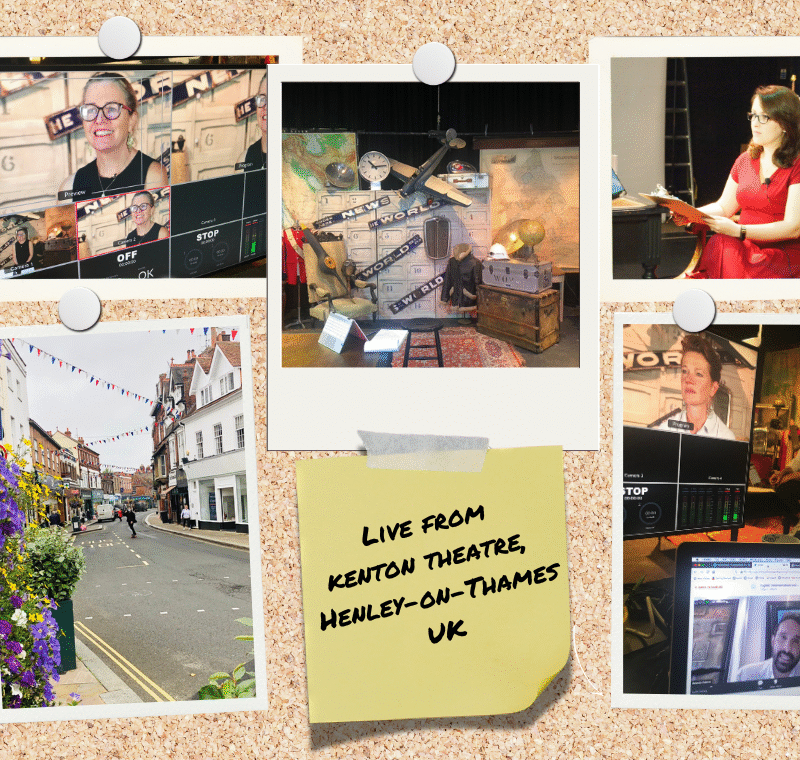Impressive and effective food advertising
Commissioner: Finnish Periodical Publishers´ Association (FPPA) Research Committee
Research agency: Valores Consult
Date of first presentation: 8.5.2012
What influences the reader in food advertising 2012
The Finnish Periodical Publishers ‘Association (FPPA) wanted to find out which kind of food advertising works best for magazine readers.
We get to know the attention values and reading values of ads, but we don’t really know why exactly these ads get such good values. What actually impacts the reader in the content or appearance of an advertisement?
A new semiotic- qualitative method was used to find out 1) What makes the reader stop at an ad, be pleased with it and remember the ad 2) What elements in the ad – and how – affect the reader instantly and even subconsciously.
The study consisted of two parts: A) Depth interviews among consumers. B) Semiotic analysis of food ads.
A. 15 depth interviews among female and male food consumers 20-60 years of age. A ‘semi-ethnographic’ interviewing method was used. Readers would flick through the chosen magazines at their home or in their favorite café, commenting freely their feelings, opinions and reactions as seeing food ads. The chosen 9 magazines were filled with 50 ads that already had got very good reading and attention values (and some not so good, for comparison).
The depth interviews found out 10 major factors influencing readers in food ads. A good food ad according to the consumers: 1. Brings water in your mouth. 2. Has delicious colors. 3. Is clear. 4. shows the product big enough in the ad. 5. Has nice feeling. 6. Gives a hint how to use the product. 7. Has a memorable idea. 8. Contains little text. 9. Arouses the thought ”I should try/buy that”. 10. Is guaranteed by a quality label or brand.
B. The semiotic ananlysis. The same 50 good food ads were then analyzed by a semiotic method in order to find out how exactly the best ads do it. How can you explain the inexplicable good in food advertising? An experienced semiotician went through the 50 chosen food ads searching their meanings on three levels: 1) Orientation level studies the meanings of colours, shapes, ‘sensory experiences’, meanings of fonts, lay-out, composition of the ad. 2) Discursive level studies everything that tells a story or stories in the ad. Setting, characters, heroes, roles, acts, gestures, reference groups, relations and showing who or what has status. 3) Mythical level studies what makes an inexplicably strong feeling in the ad. What we interpret instantly as strongly good or bad, desirable or not desirable. Myths, symbols, archetypes, stereotypes, universal values, good-bad-dichotomies.
General semiotic rules for good food advertising were thus found out. (The report includes plenty of examples and explanations how) 1. Colors’ communication is crucial to be right. 2. Organic shapes and fonts arouse desire. 3. ’Good enough to eat’ typographies give feeling of taste. 4. Sensuality, desirability overall is important. 5. Good stories make the reader stop and remember. 6. The mythical part in food ads is immense: food = love, food = security; food = comfort; food = mother, food = home; food = family; food = community. 7. Furthermore myths of paradise, garden and farm or myths of wealth and status bring their own effect to the food ads. 8. Symbols of quality and security play their important role in food. 9. Importance of brands can be mythical, too.
Both the depth interviews and the semiotic analysis gave lots of practical advice and good examples to the makers of food advertising.
In conclusion to both parts of the study you get the following very major guidelines for food advertising: Desire is awakened by a delicious close-up picture, where the colors and forms stimulate the reader. The picture should also have an idea or a story to remember. With myths you affect the reader’s subconscious. The ad has to be clear. The ad has to stand out with its beautiful colors. Only little text is advice. Brand and quality labels give a guarantee to the reader.
With the results of this research it will be easier to make ‘sure-to-work’ food advertising for magazine readers.
What influences the reader in food advertising 2012 – research was made by Valores Consult and researcher Vaula Norrena in April 2012.
A sister study on health and wellness advertising follows on next pages
Impressive and effective health and wellness advertising
Commissioner: Finnish Periodical Publishers’ Association (FPPA) Research Committee
Research agency: Valores Consult
Date of first presentation: 8.11.2012
Finnish Periodical Publishers ‘Association (FPPA) wanted to find out which kind of wellness advertising works best for magazine readers.
We get to know the attention values and reading values of ads, but we don’t really know why exactly these ads get such good values. What actually impacts the reader in the content or appearance of an advertisement?
A new semiotic- qualitative method was used to find out 1) What makes the reader stop at an ad, be pleased with it and remember the ad 2) What elements in the ad – and how – affect the reader instantly and even subconsciously.
The study consisted of two parts: A) Depth interviews among consumers. B) Semiotic analysis of wellness ads.
A. 15 depth interviews among female and male wellness consumers 20-60 years of age. A ‘semi-ethnographic’ interviewing method was used. Readers would flick through the chosen magazines at their home or in their favourite café, commenting freely their feelings, opinions and reactions as seeing wellness ads. The chosen 7 magazines were filled with 48 ads that already had got very good reading and attention values (and some not so good, for comparison).
The depth interviews found out 10 major factors influencing readers in wellness ads. A good wellness ad according to the consumers: 1. Explains what is the product. 2. Shows the package big enough. 3. Includes concise product info. 4. Is clear. 5. Is true, no exaggeration. 6. Is real, not artificial. 7. Has suitable colors. 8. Has a picture/ idea with a story. 9. Awakes curiosity. 10. Is guaranteed by a familiar brand.
B. The semiotic ananlysis. The same 48 good wellness ads were then analysed by a semiotic method in order to find out how exactly the best ads do it. How can you explain the inexplicable good in wellness advertising? An experienced semiotician went through the 50 chosen wellness ads searching their meanings on three levels: 1) Orientation level studies the meanings of colours, shapes, ‘sensory experiences’, meanings of fonts, lay-out, composition onf the ad. 2) Discoursive level studies everything that tells a story or stories in the ad. Setting, characters, heroes, roles, acts, gestures, reference groups, relations and showing who or what has status. 3) Mythical level studies what makes an inexplicably strong feeling in the ad. What we interpret instantly as strongly good or bad, desirable or not desirable. Myths, symbols, archetypes, stereotypes, universal values, good-bad-dichotomies.
General semiotic rules for good wellness advertising were thus found out. (The report includes plenty of examples and explanations how) 1. For some products cool, fresh, ’medicine colours’ are best. 2. For some products refreshing and healthy ’wellness colours’ suit very well. 3. A matter-of-fact ’medicine look’ gives assurance. 4. Healthy ’natural look’ is something to identify with. 5. Problem solving stories work in this field always. 6. Myths of medicine and healing give power to the product. 7. Myths of caring and well being give good emotions to the reader. 8. Myths of energy give power to the reader. 9. Security messages are important in this field. 10. Myths of names and terminology give extra power to the brand. 10 Well-known brands have even a mythical status.
Both the depth interviews and the semiotic analysis gave lots of practical advice and good examples to the makers of wellness advertising.
In conclusion to both parts of the study you get the following major guidelines for wellness advertising: Product is no. 1. What is it, how it works, how you use it. Package has to stand out in the ad. Problem-solving is the key story. Don’t promise too much. Make appearance that radiates health and well-being. Be clear and harmonic. Use myths of curing and caring. Show the brand.
With the results of this research it will be easier to make ‘sure-to-work’ wellness advertising for magazine readers.
What influences the reader in wellness advertising 2012 – research was made by Valores Consult and researcher Vaula Norrena in September 2012.









